
views
When should I prepare the land?

Prepare your soil 1 year before you plan on farming. You’ll need a little time to get your land ready, especially if you haven’t tended the soil before. If you’ve never used the land for farming or gardening before, clear away the existing sod 1 year before you plan on farming—this can really cut back on the number pests in your land. If your soil’s pH isn’t ideal, you’ll need around 2-3 months to make the proper adjustments. Some farmers are comfortable preparing the land 15 days before they start farming. This timeframe really depends on your personal situation, though!
How do I test the soil pH?

Pick up a soil testing box from your local government. At-home soil tests can give you a rough idea of what your soil looks like, but they aren’t super thorough. When you’re first getting your land ready, it’s best to send your soil to a lab, like a local university. Visit your local cooperative extension office and pick up a soil sample box, along with any necessary forms. If you don’t live near a university or cooperative extension office, check online to see what soil testing labs or businesses are near you.
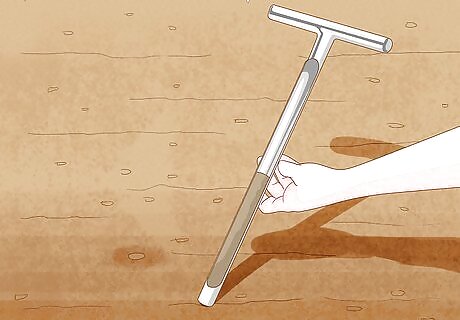
Collect samples with a stainless steel soil coring tool. Dig several 6 to 8 in (15 to 20 cm) holes around 6-8 spots on your farm land. Collect the soil with your soil coring tool, and combine these soil samples in the collection box. Fill the box up to the required fill line, so the lab has enough soil to test. If you don’t have a soil coring tool, you can use a shovel instead.
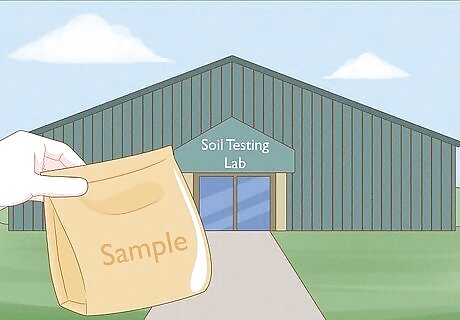
Send the samples to a testing lab. Seal your collection box and mark the side with your name and address, along with a random 5-digit number—this will help the soil testing lab identify your sample. Drop your soil off at the lab, and wait a few days or weeks for your results.
How do I adjust my soil’s pH?

Spread lime or wood ash over your soil to raise the pH. Fill a fertilizer spreader with granular or pellet lime, and mix it into the surface of your moist soil. Scatter the lime about 2-3 months before you plan on planting your crops, which gives your soil enough time to balance out. Consult the results of your soil test to see how much lime you need to use for this. If the lime is really finely ground, it’ll soak into the soil more quickly.
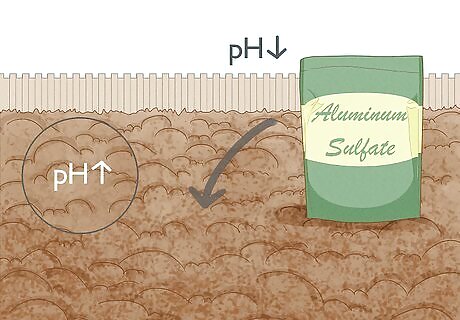
Lower your soil pH with aluminum sulfate. Spread aluminum sulfate over the surface of the soil, and mix it in. The amount you use depends on the exact pH you’re aiming for—for instance, to bring the soil to a 6.5 pH, you’ll need 1.8 lb (0.82 kg) of aluminum sulfate for every 10 sq ft (0.93 m) of farmland. The exact measurements depend on the desired pH you want for your land. You can find an exact pH table here: https://hgic.clemson.edu/factsheet/changing-the-ph-of-your-soil.
How do I prepare the field?

Till the land by digging up 8 to 12 in (20 to 30 cm) of moist topsoil. Grab a garden spade and scoop up at least 8 to 12 in (20 to 30 cm) of soil, which will help your crops grow deeper roots. Then, flip the scoop of soil over, and repeat the process. You can also accomplish this with tools that aren’t so labor-intensive, like a rototiller—what matters most is that you’re lifting and loosening the soil before you start farming.
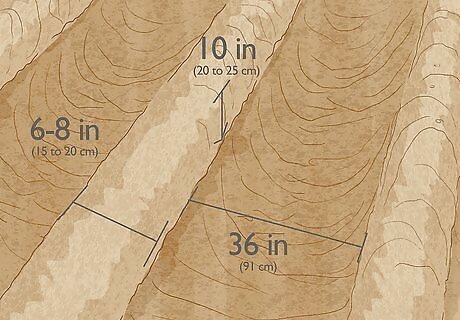
Create a canal system in the soil. If you’re using hand tools, scoop or rake the tilled soil into raised “beds,” which are about 8 to 10 in (20 to 25 cm) above the land and 6 to 8 in (15 to 20 cm) wide. Space the raised beds 36 in (91 cm) apart—your crops will grow on top of these beds, and the water will drain into the canals between each bed. Try to make these beds as straight as possible, especially if you’re working with a large plot of land.
What type of fertilizer should I use?
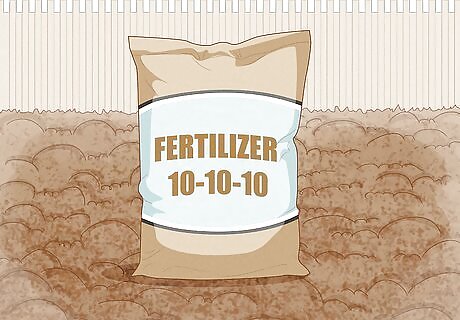
Pick a balanced fertilizer to nourish your crops. Pick up a 10-10-10 or 4-3-3 fertilizer, which will keep your crops well-balanced and nurtured throughout the growing season. Don’t apply all of the fertilizer at once—instead mix half of it into the top 2 to 4 in (5.1 to 10.2 cm) of soil before you actually plant the crops. Then, add the rest of the fertilizer about halfway through the farming season.
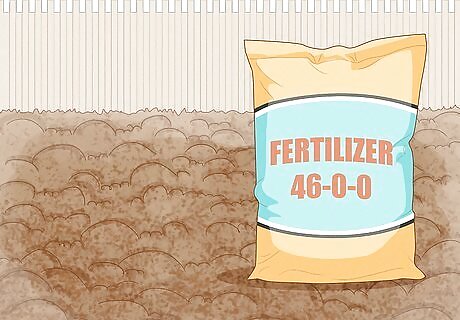
Use a nitrogen-rich fertilizer if you plan on applying an herbicide. Pick up 46-0-0 fertilizer and spread it over the land about a month before you use the herbicide. You don’t have to do this, but it will make it a lot easier to kill off unwanted weeds and vegetation on your land.
What irrigation system should I pick?
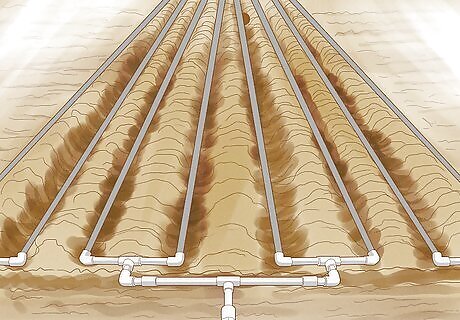
Choose an irrigation system that meets the demands of your farm land. If your land is pretty small, you might be fine with a simple sprinkler system. Other farmers prefer drip systems, floods and furrows, surge flooding, or sub-irrigation to get the job done. With floods and furrows, your farm land is surrounded by trenches of water. Sub-irrigation uses pies beneath the soil surface. Drip irrigation systems are usually installed just above or below the soil.
How do I plant my crops?
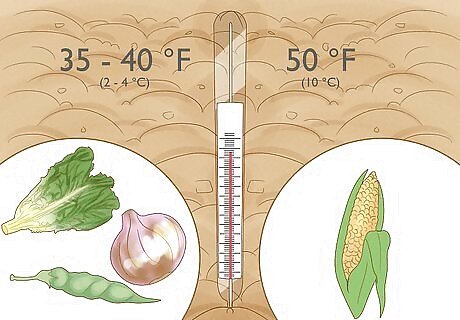
Measure the soil temperature to make sure it’s good to go. Different crops thrive in different soil temperatures—before you start planting, check the soil temperature with a soil thermometer first. Some crops, like peas, onions, and leaf lettuce, need to be planted in soil that’s 35 to 40 °F (2 to 4 °C). Other crops, like corn, need to be planted in 50 °F (10 °C) soil. You can download a custom planting schedule for your crops here: https://www.almanac.com/gardening/planting-calendar.
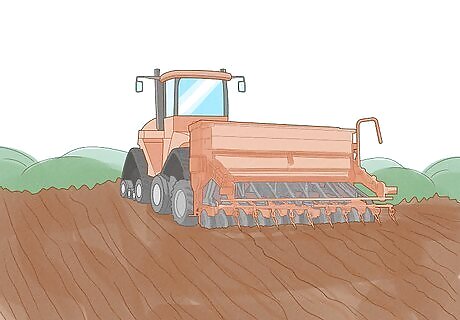
Use a standard planter to get the job done. Adjust your planter so it scatters the seeds about 2 in (5.1 cm) into the soil. Drive your planter through the field to scatter your seed—every few hours, hop out of the equipment to make sure the planter is working properly, and your fields are being seeded adequately. Your planter settings really depend on the seeds you’re working with. For instance, if you’re planting corn, you’ll want to sow 33,000 to 38,000 seeds for every acre (4047 square meters). Talk to your seed salesperson for more crop-specific advice.
Do I need farm equipment to get the land ready?
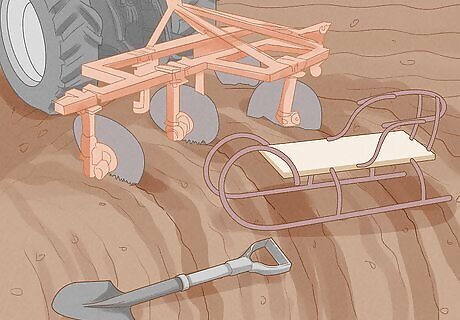
You don’t technically need it, but it can save you a lot of time. You can use a garden spade to till the soil. If you’re working with land that’s larger than ½ acre (2024 square meters), plow the land with tractor-drawn equipment instead. If your land is really stony, transport the rocks with a wagon or sledge, or use a hydraulic bucket to get rid of any boulders. To scatter lime, fertilizer, and manure, use a tractor-drawn “cone-type” spreader. For reference, equipment like moldboards and chisel plows are used to till the land.

Reach out to the government if you can’t afford large equipment. In some countries, the government will offer financial assistance so you can afford the large-scale equipment that you need. Contact the agricultural branch of your government and see what kinds of options are available. For instance, if you live in the US, you can check this site for different funding opportunities: https://www.farmers.gov/fund.










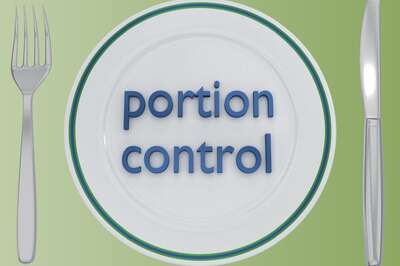






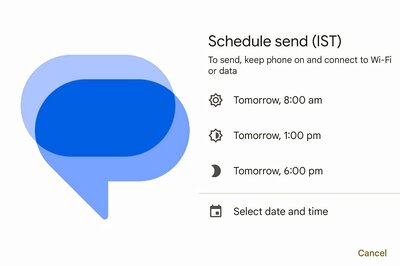
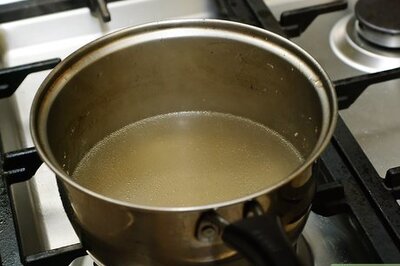
Comments
0 comment